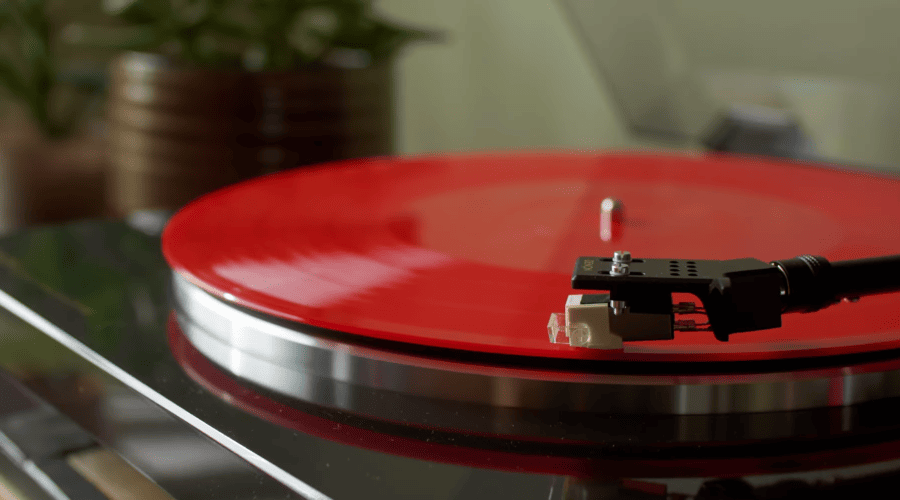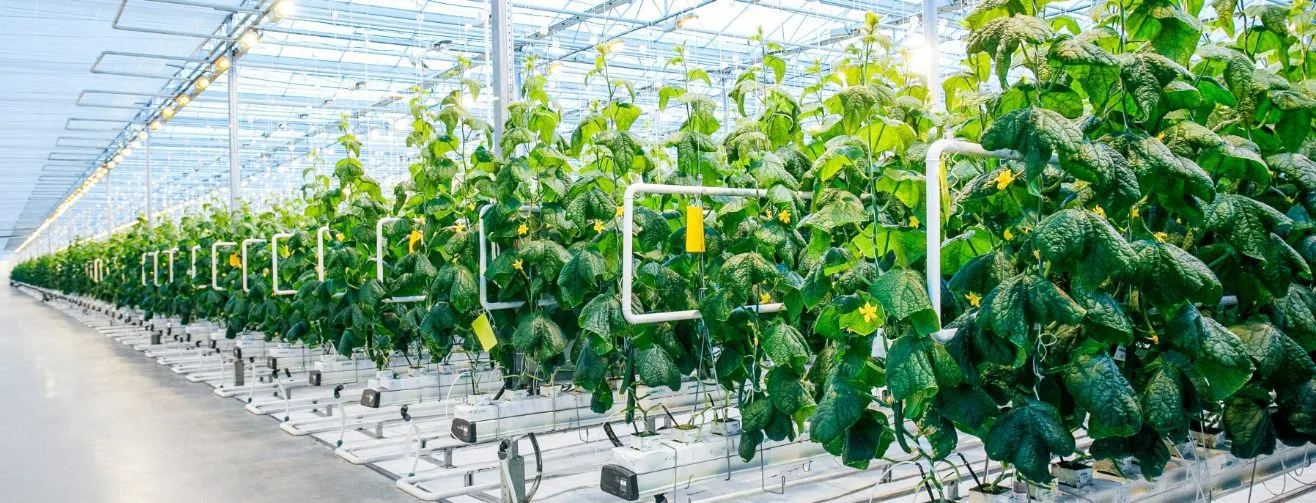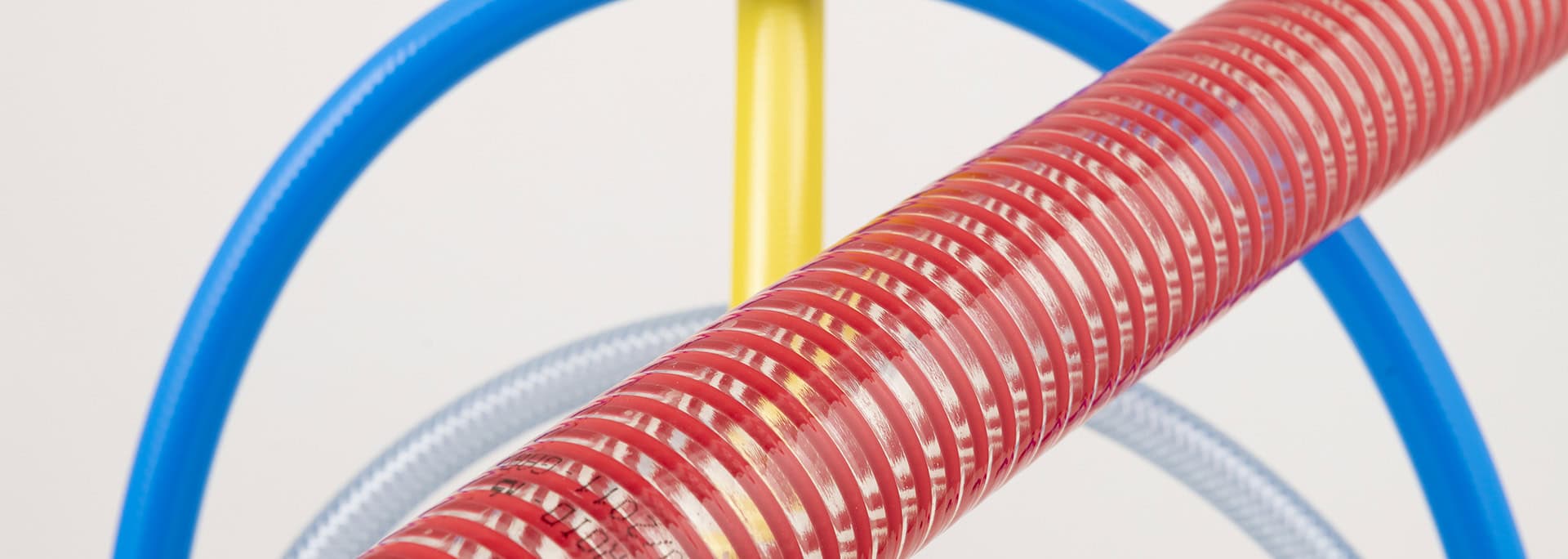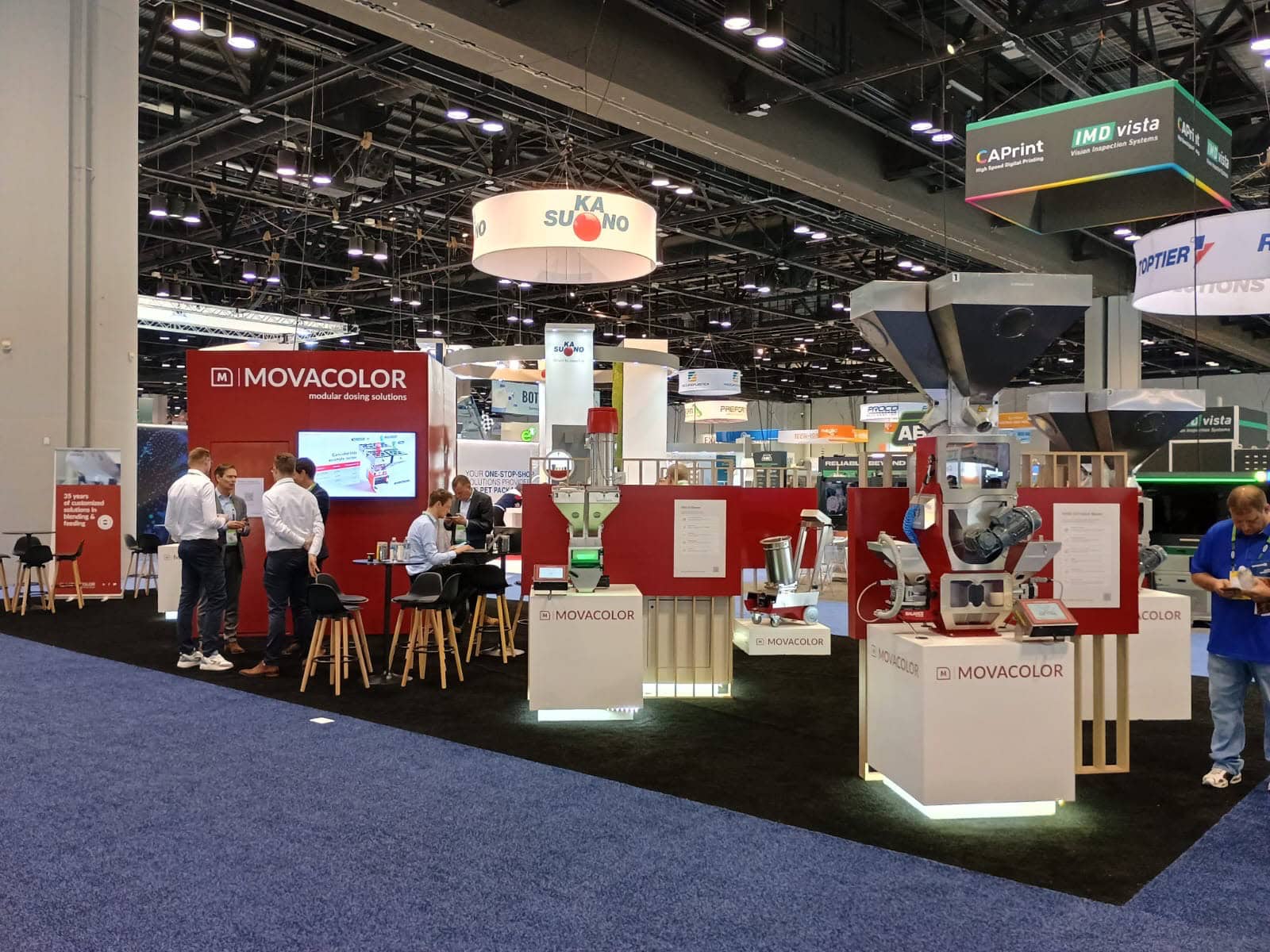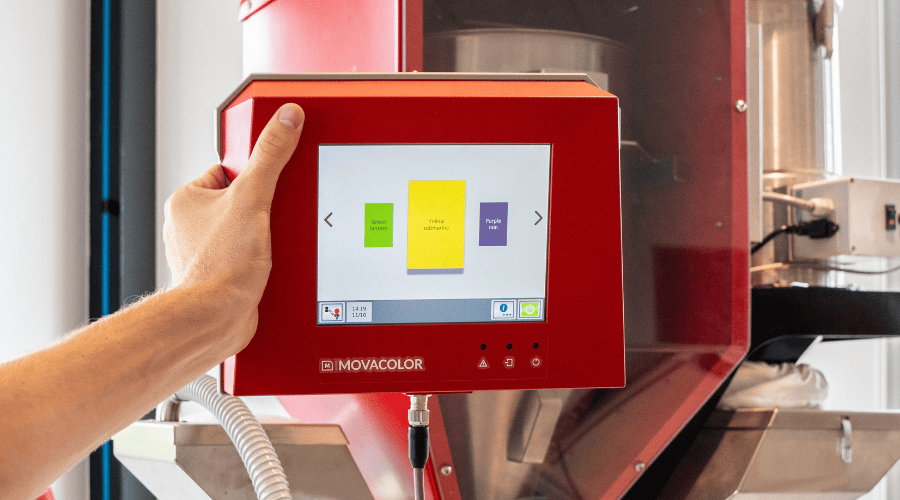The journey of Green Vinyl Records
When Green Vinyl Records started their project, they concluded that there were three key points to address to make the LP manufacturing process more sustainable. These were the following:
- Reduce waste
- Reduce energy consumption
- Streamline the production process
Use a different production machine
LP records are commonly manufactured using a pressing technique. This involves heating PVC pellets to a specific temperature until they become soft and malleable. A metal stamper is then positioned between two halves of a mold, and the heated vinyl is placed into the mold, followed by the closure of the press. After a few seconds the press opens up again, the operator takes out the LP records and then trims it to a finished product.
While this pressing technique is effective for LP record production, it does result in a considerable amount of scrap material. This occurs because, in many instances, an excess amount of material is placed into the press, leading the press to push the surplus material beyond the boundaries of the mold. As a result, a significant amount of material is wasted during this process.
In addition to material waste, these machines typically consume substantial amounts of energy and rely on gas as a power source.
To address these concerns, Harm opted to use an electric injection molding machine. This decision has led to reduced energy consumption and decreased waste production, contributing to a more environmentally friendly approach to LP record production.
Choice of material
Diving deeper into the traditional way of LP production, Harm also found that PVC has several limitations regarding sustainability and circularity.
Although PVC is a versatile material, it is associated with negative environmental effects due to the presence of toxic substances. Moreover, PVC is not highly conducive to recycling. Therefore, in an effort to address these concerns, Harm decided to find a more environmentally friendly alternative to PVC and eventually settled on virgin and recycled PET.
PET, unlike PVC, offers certain advantages in terms of environmental impact and recyclability. PET is easier to handle and has a higher recycling rate. It is considered more environmentally friendly due to its recyclability and the availability of recycling infrastructure for PET products. By opting for virgin and recycled PET, Harm aims to reduce the environmental footprint associated with the production and disposal of LP records.
Auxiliary equipment
In his journey to maximize the sustainability and efficiency of the production process, Harm also assessed the necessary auxiliary equipment. Following this evaluation, Harm reached out to us to ask whether we wanted to take the challenge of engineering a custom solution to aid in the accurate and sustainable dosing of materials.
Although we may not be directly involved in the LP manufacturing industry, at Movacolor, we always welcome a challenge, especially when it has the potential to contribute to sustainability.
